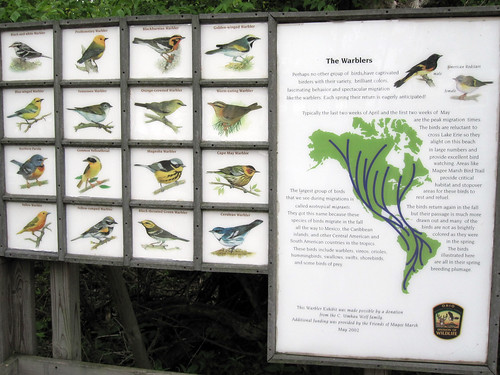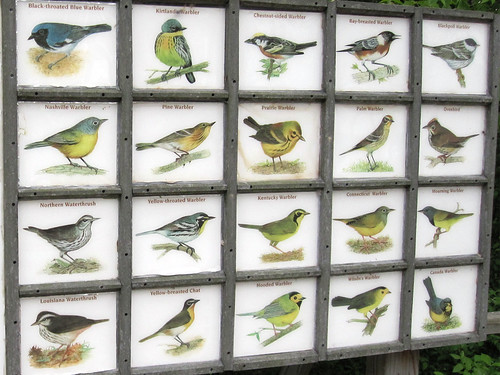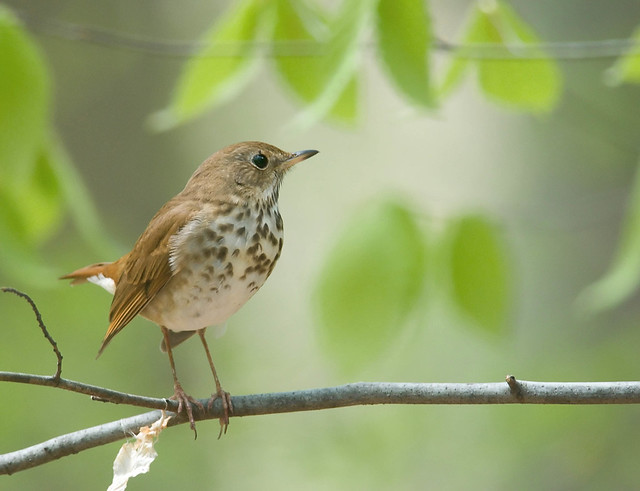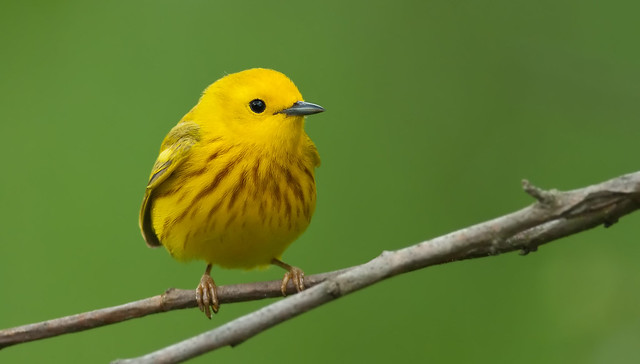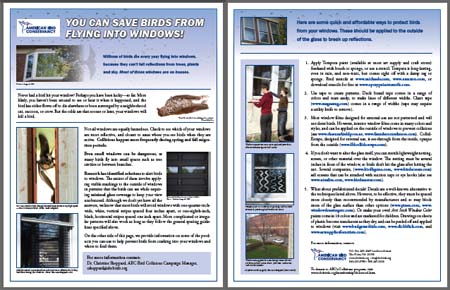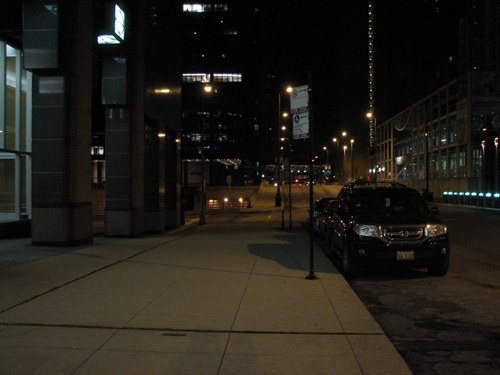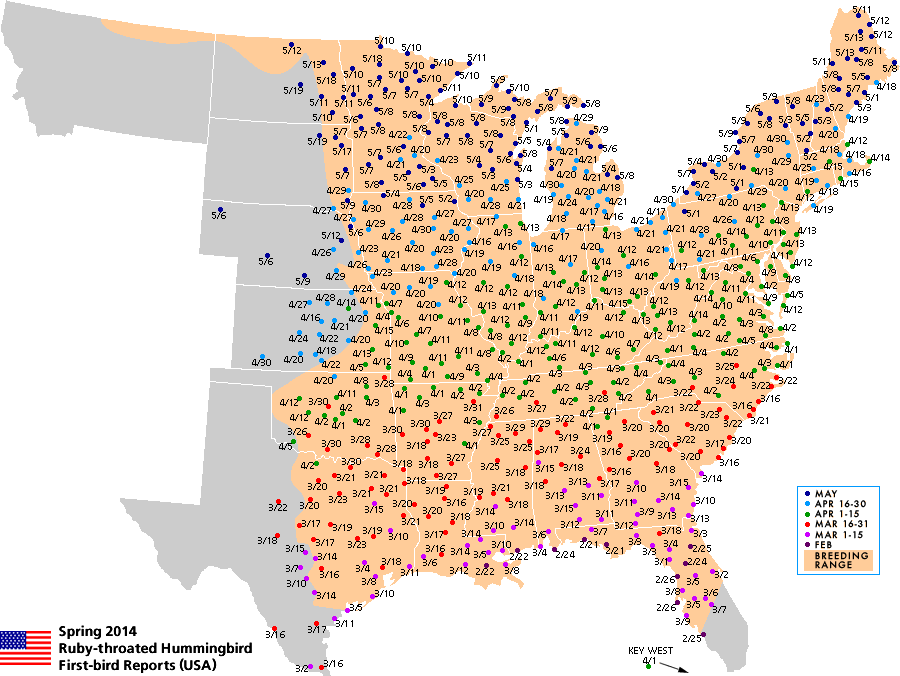Migration Awareness 7
This morning Arthur and I are walking our Rescue & Recovery route to look for fallen injured or dead birds that have struck buildings in Chicago during the night and early morning. This is our tenth week volunteering for R&R this spring. During these weeks, I’d like to highlight some of the perils birds face on their migration by sharing a website or information about migratory birds.
As the height of migration through the Chicago area winds down, this week I’m sharing an article on bird-strike progress being made in Toronto: In birds vs. buildings, feathered friends gain ground. The article appears in the real estate column of the online paper, so there is a lot of focus on construction issues and how they pertain to bird strikes on buildings.
In a novel move this spring, environmental groups Ontario Nature and Ecojustice initiated a private legal action under the Ontario Environmental Protection Act and the Ontario Society for the Prevention of Cruelty to Animals Act against Menkes Developments Ltd., a Toronto-based commercial building and management firm. The legal tactic has not been used before in Ontario, Ecojustice lawyer Albert Koehl says.
At issue is bird strikes at Consilium Place, a Scarborough office complex that is clad completely in mirrored glass. FLAP estimates more than 7,000 dead birds have been recovered there since 2000.
Read the entire article here.
Speaking of migration, and on less grim note, it was a true pleasure to bird in northwest Ohio earlier this month, where we spent a lot of time at the Magee Marsh boardwalk. A sign at the start of the trail tantalizes with images of warblers. While some species stay and breed at the marsh, many use the area as a stopover on their continuing migration northward.

